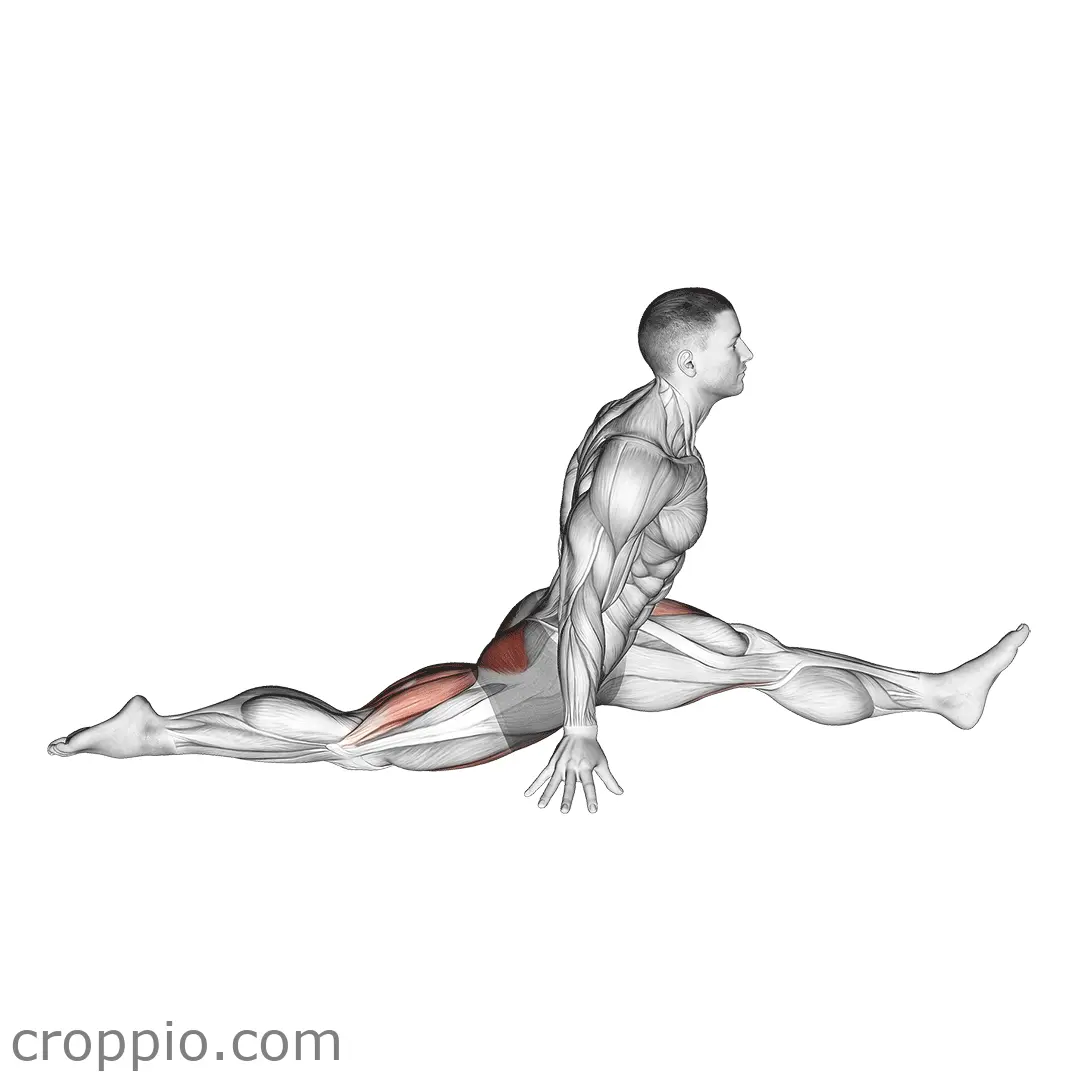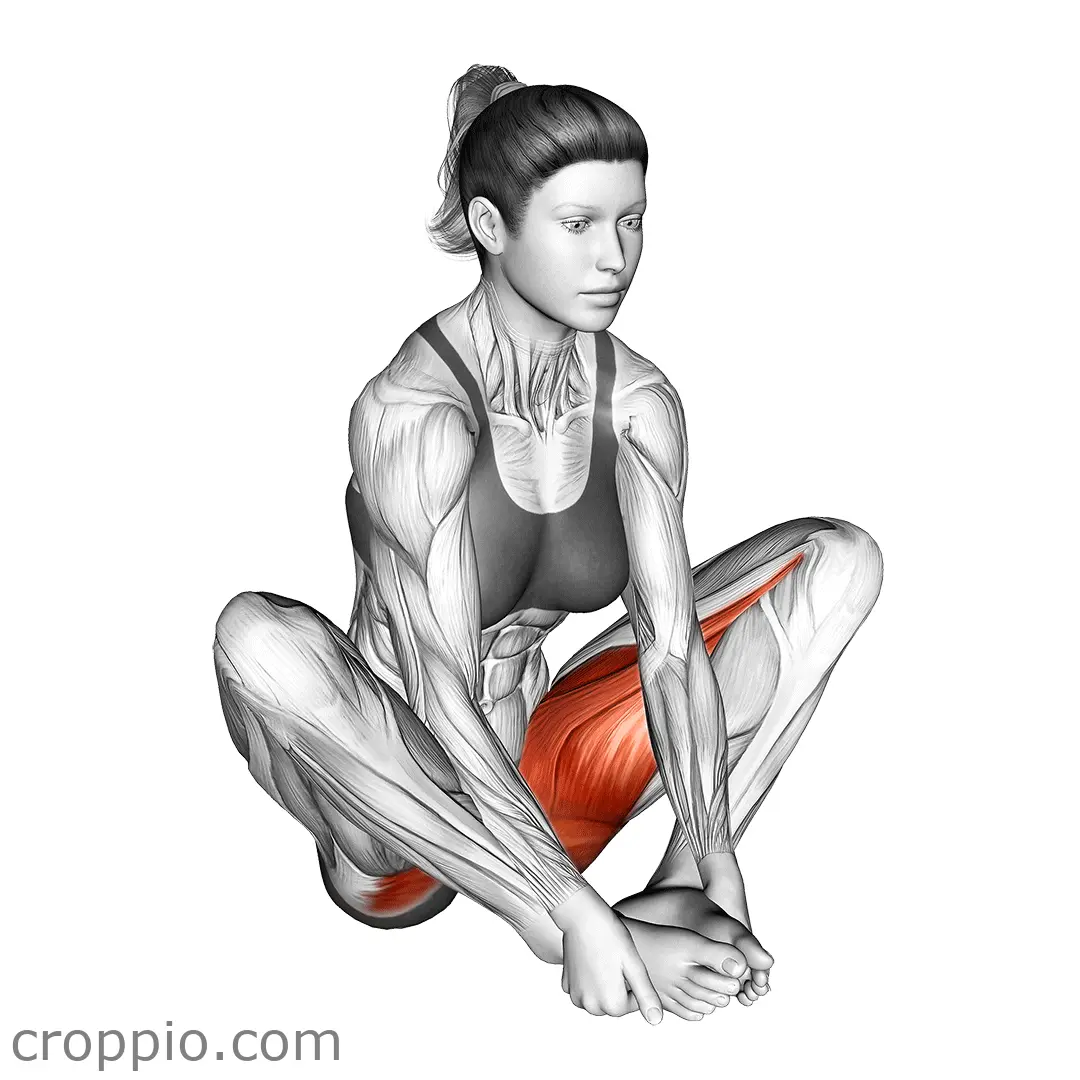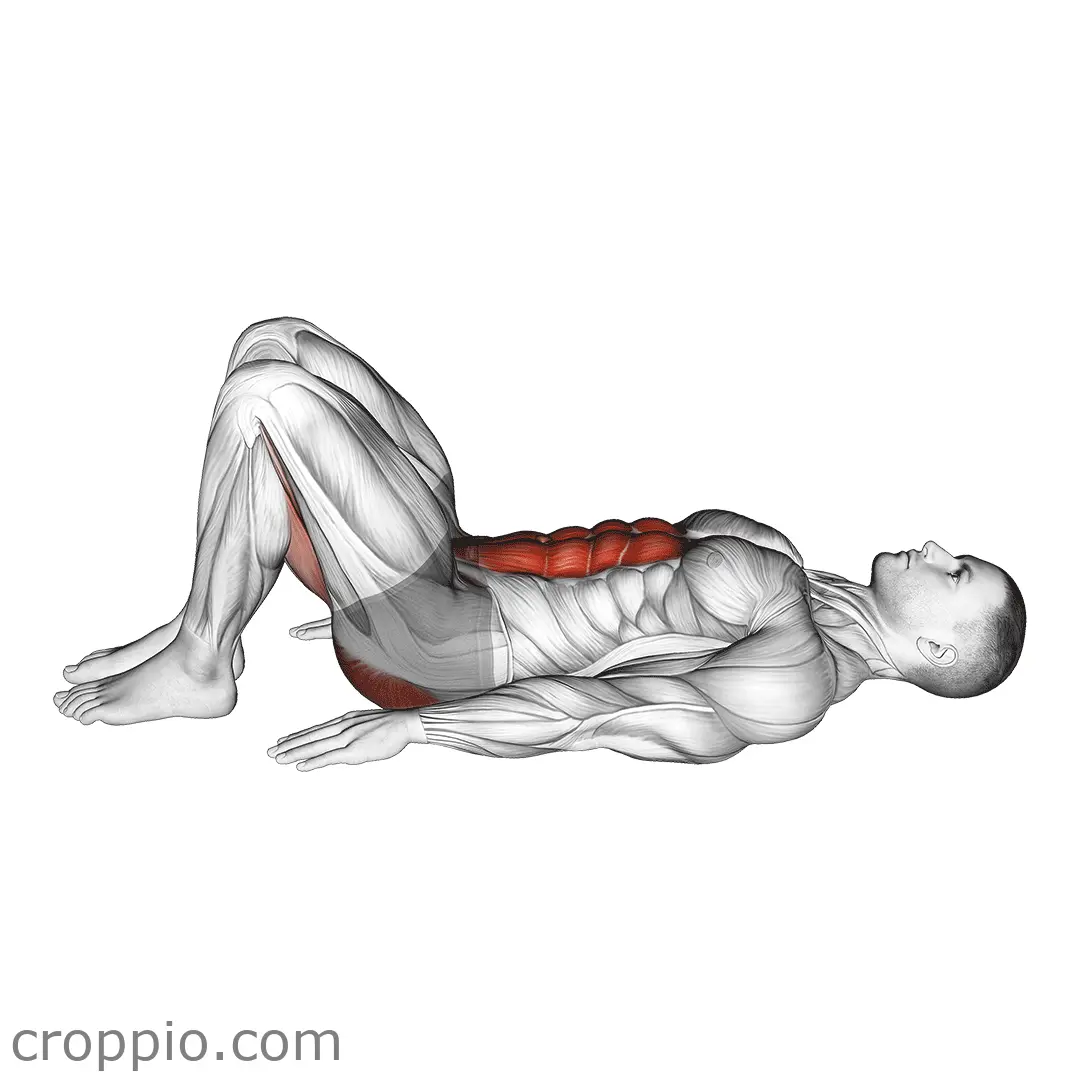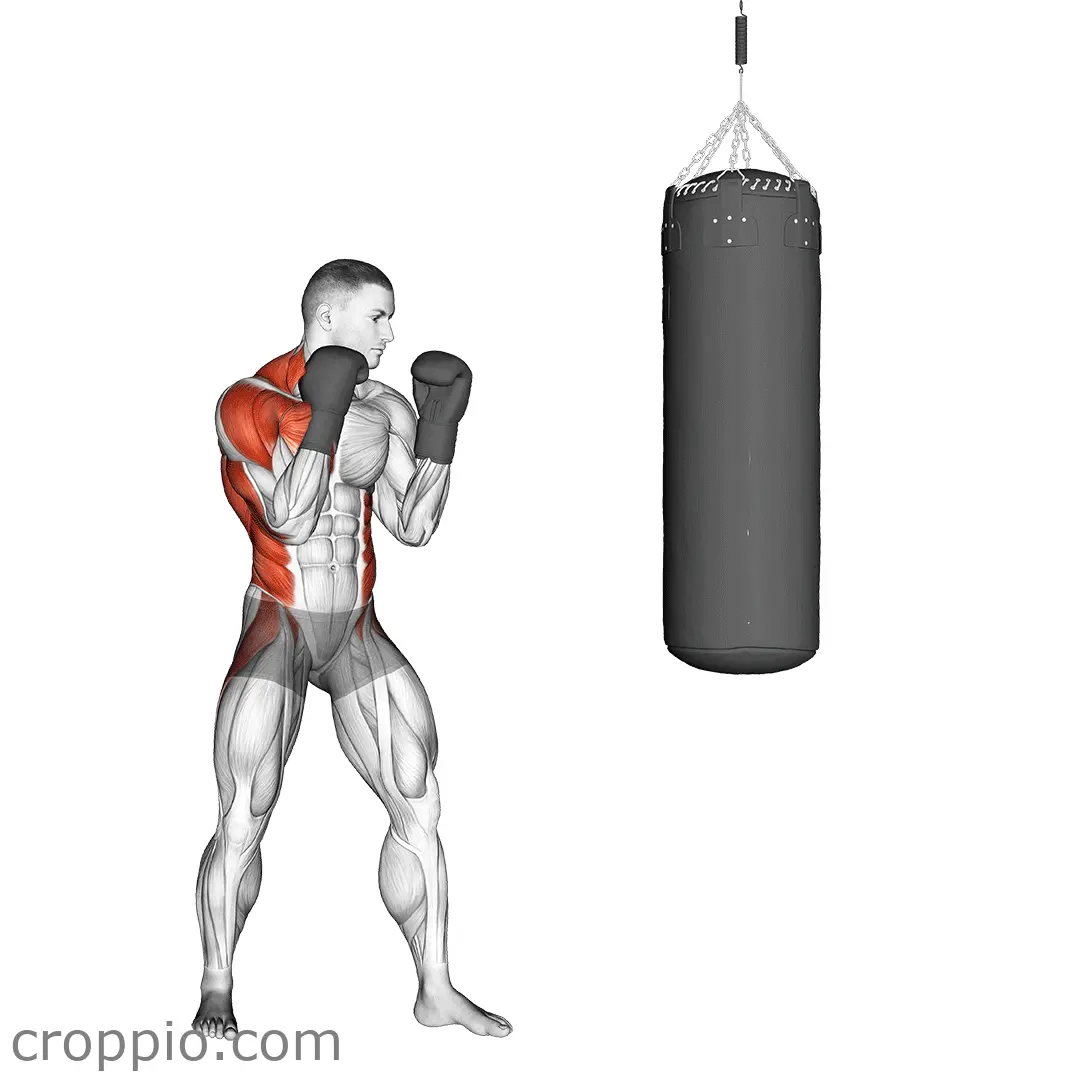Boxing Muscles

Muscles Involved
The exercise "boxing muscles" primarily targets the upper body muscles, especially the shoulders, chest, and arms. The primary muscles worked include:
- Deltoids: The shoulders are heavily engaged during the punching motion, enhancing shoulder strength and stability.
- Pectoralis Major: The chest muscles are activated as you push your fists forward, aiding in power generation during punches.
- Biceps and Triceps: These arm muscles are essential for extending and retracting the arms quickly.
In addition to these primary muscles, boxing muscles also involves secondary muscles like the core (including the abdominals and obliques) for upper body stabilization and the legs for overall balance and power during movement.
Top Mistakes
- Overextension of the Elbows: Fully extending the elbows can lead to injury; maintain a slight bend during punches.
- Poor Footwork: Not moving your feet properly can compromise balance and reduce the effectiveness of punches.
- Lack of Core Engagement: Neglecting core muscles can make punches less powerful and increase the risk of back strain.
Execution Tips
- Maintain a Stable Stance: Keep feet shoulder-width apart with one foot slightly forward, allowing for quick movement and balance.
- Engage Your Core: Activate your abdominal muscles to support the upper body and help deliver stronger punches.
- Use Fluid Motion: Aim for smooth, controlled punches, focusing on form rather than speed. Imagine hitting a target with precision.
Workouts
Boxing muscles can be integrated effectively into a well-rounded workout routine. Consider performing 3-4 rounds of 2-3 minutes of punching drills, paired with 30 seconds of rest in between. A suggested structure could be:
- 3 sets of 10-15 punches (jab, cross, hook) followed by conditions like shadowboxing or heavy bag workouts.
- Incorporate 1-2 minutes of core exercises (e.g., planks or Russian twists) at the end of each round to enhance core strength.
Conclusion
Engaging in the boxing muscles exercise not only amplifies upper body strength and endurance but also enhances coordination and balance. Regular practice can improve overall fitness, reduce stress, and build confidence through self-defense skills, making it a comprehensive addition to any workout regimen.



